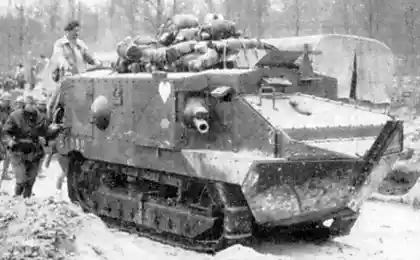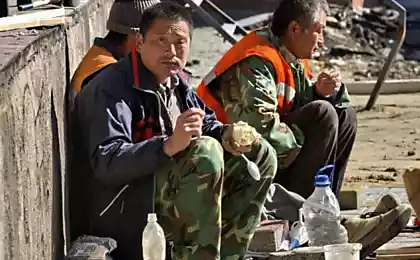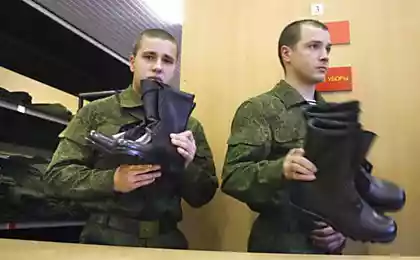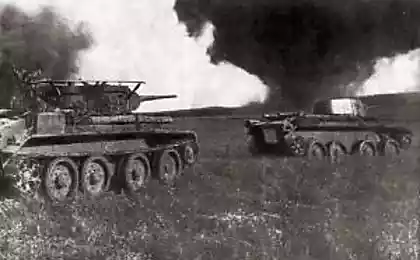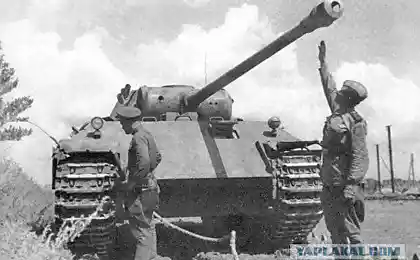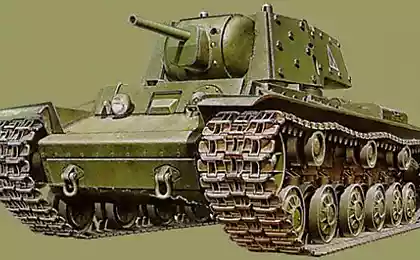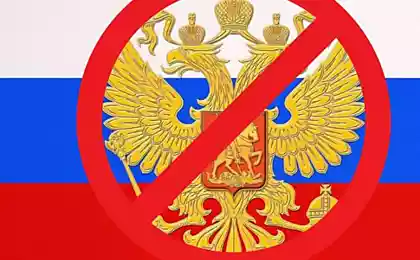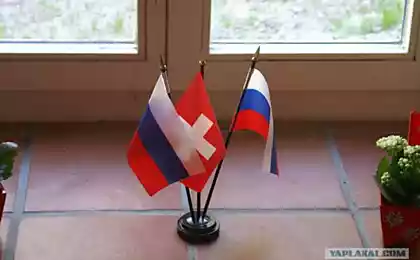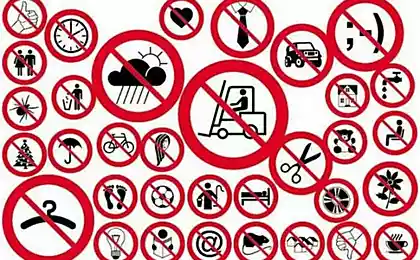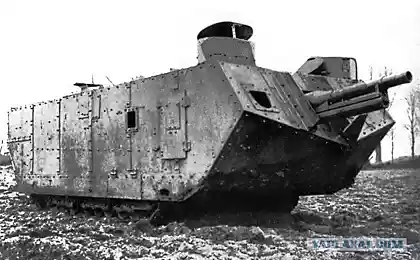1375
Legendary Russian Tanks
September 15, 1916 for the first time in the history of the tanks were used. With the development of military industry tanks became a formidable weapon, a symbol of power and strength of world powers. Our country - is no exception. Recall the 7 legendary Russian tank MS-1 (T-18) became the first Soviet tank mass. In all there were about 960 units. For the first time in the battle MC-1 were used in the conflict on the CER in 1929, when the attack 9 tanks fled Chinese infantry. In the second half of the 30's - early 40-ies many of these machines still used as firing points on the border of the Far East and the Karelian Isthmus. Occasionally there are references to the involvement of MC-1 in the fighting and in the first months of World War II. Up to now as museum exhibits and monuments remained no more than 10 ms-1.
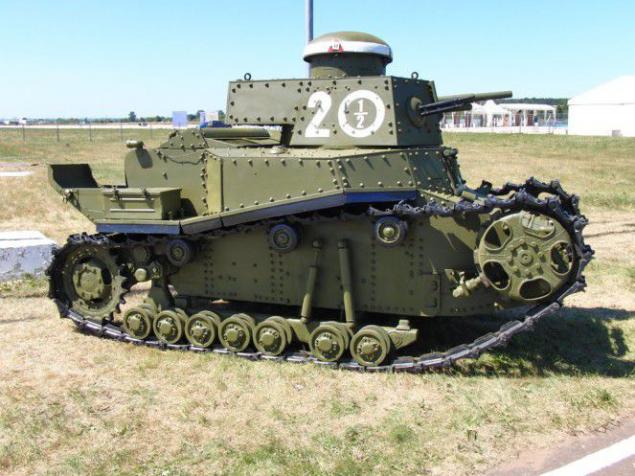
BT-7 - a tank fleet. His debut began military operations against Japanese forces at Lake Khasan the summer of 1938, however, the best way BT-7 proved to be a year later, in Mongolia in battles on Khalkhin-where in the steppes fully manifested the high speed and maneuverability of the tank. Successfully acted BT-7 during the march of the Red Army in Poland in September 1939, when the rapid advance of mobile tank groups helped paralyze potential proactive Polish troops. At the initial stage of the Great Patriotic War for their fighting qualities of the BT-7 is not inferior to the majority of German tanks and was used until the first half of 1942, the final episode in a combat biographies BT-7 was the Soviet-Japanese War in August and September 1945 at the time the already obsolete tanks were part of the second battalion of armored regiments and were in breach of the more powerful T-34 and IS-2.
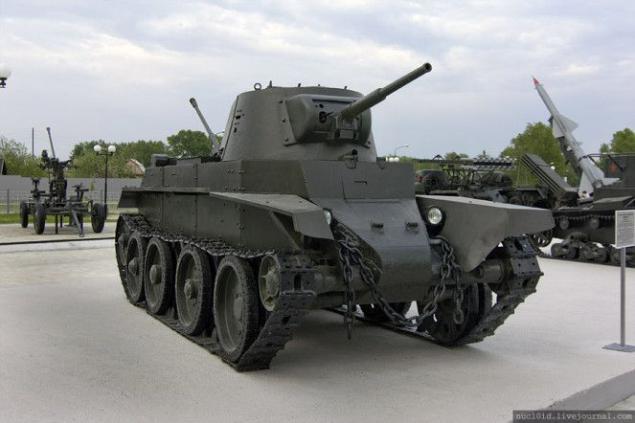
T-34/76. One of the best medium tanks in the 1940 combines a good armor protection, and powerful weapons. 76 mm tank gun could effectively deal with both manpower and equipment. At least until the middle of 1942 his opponent little could oppose. Often, the T-34, received numerous hits, remained in the ranks. Highest Soviet tankers who fought on the T-34, DF Lavrinenko (4th Tank Brigade) from October to December 1941 destroyed or knocked out two German tanks 52. With the advent in 1943 of the enemy heavy equipment has undergone a major upgrade, and T-34. It was enhanced armor protection, added a fifth member of the crew, and the tank is armed with a new 85-mm cannon, capable of short and medium-range to hit almost all the German tanks. New T-34/85 March 1944 began to come to the front. T-34 appeared in many respects is not perfect, but simple in production and development, as well as the most popular in the world tank. In the second half of the XX century, the T-34 were used in the conflict up to the 90s (the war in Yugoslavia).
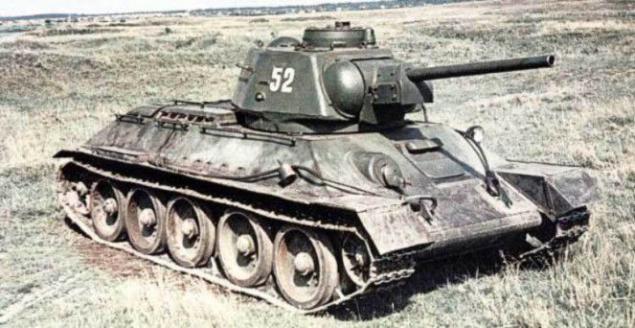
KV-1 - Soviet heavy tank. The first HF underwent combat tests in recent weeks, the Russo-Finnish War. In June 1941 HF could be considered one of the strongest heavy tanks in the world. In one case in June 1941 in the area Russenia when a KV-1 bound action German division nearly two days. In one of the German documents stated: "Almost did not have the means to cope with the monster. The tank can not be avoided, the area around the firebox. You can not ride ammunition seriously wounded died, they could not take. Trying to eliminate the tank fire 50-millimeter anti-tank battery from a distance of 500 meters has led to heavy losses in the calculation and guns. The tank was not damaged despite the fact that, as it turned out, 14 received a direct hit. From them there were only a dent in the armor. When brought up 88-mm cannon at a distance of 700 meters, the tank calmly waited for it to be delivered to the position and destroyed it. Attempts to undermine the tank sappers were unsuccessful. The charges were insufficient for the huge caterpillars. Finally, he was the victim of trickery. 50 German tanks pretended to attack from all sides, to divert attention. Under the cover of its mask and managed to push 88-mm cannon in the rear of the tank. Of the 12 direct hits 3 stitched armor and destroyed the tank. " Unfortunately, most of the HF was lost not because of the reasons for fighting and breakdowns and shortages of fuel. At the end of 1943 to replace KV heavy tanks came EC.

IS-2 ("Joseph Stalin") heavy tank. It was created to break heavily fortified enemy positions and combat heavy tanks of the enemy. The case when in the course of the Lvov-Sandomierz operation, two IS-2, acting in an ambush two days have destroyed 17 tanks and self-propelled guns of the German. IS-2 proved to be indispensable as assault guns during the breakthrough, especially in the direction of Berlin, and at Konigsberg. In the postwar period, the tank was modernized and officially remained in service until 1995
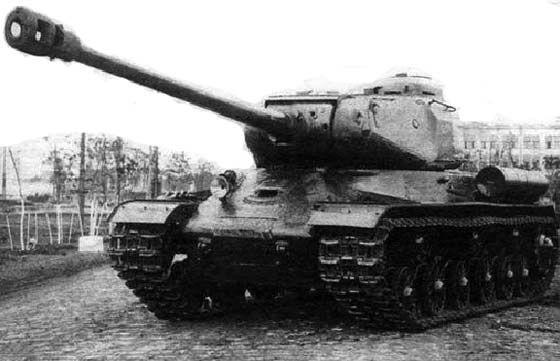
T-54 was created based on the experience of World War II and became a major participant in the military conflicts of the second half of the XX century. T-54 and its later modification of T-55 with a nuclear protection applies in Hungary (1956.), Czechoslovakia (1968)., In Vietnam, the wars in the Middle East until the beginning of the XXI century. One of the recent conflict, where they found the use of T-55 began fighting in South Ossetia, which was adopted parts of South Ossetian republic. In addition, the T-55 was the basis for the creation of a number of examples of military engineering machinery.
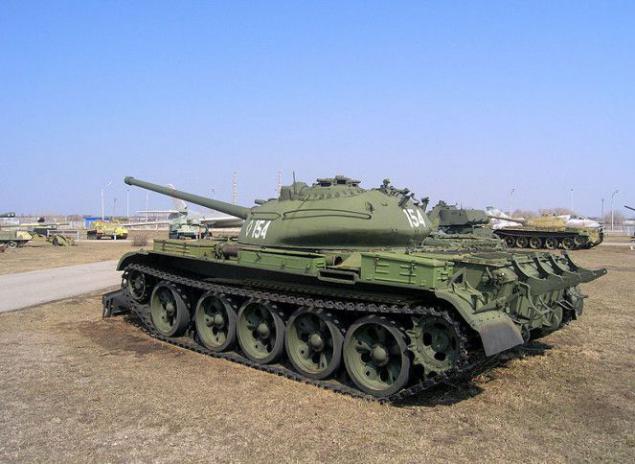
T-72 - the main tank. Production of this tank had been deployed since 1973. Since the conflict in Lebanon in 1982 the T-72 was used extensively in the wars in the Middle East and the former Soviet Union. Notable actions of the group of four Russian tanks commanded by Captain Yuri Yakovlev in August 2008, which led two days of street fighting in Tskhinvali. Having lost one tank (one crew member injured), the group provided the departure of Russian peacekeepers, killing at least 8 tanks and armored opponent.

Source: russian7.ru

BT-7 - a tank fleet. His debut began military operations against Japanese forces at Lake Khasan the summer of 1938, however, the best way BT-7 proved to be a year later, in Mongolia in battles on Khalkhin-where in the steppes fully manifested the high speed and maneuverability of the tank. Successfully acted BT-7 during the march of the Red Army in Poland in September 1939, when the rapid advance of mobile tank groups helped paralyze potential proactive Polish troops. At the initial stage of the Great Patriotic War for their fighting qualities of the BT-7 is not inferior to the majority of German tanks and was used until the first half of 1942, the final episode in a combat biographies BT-7 was the Soviet-Japanese War in August and September 1945 at the time the already obsolete tanks were part of the second battalion of armored regiments and were in breach of the more powerful T-34 and IS-2.

T-34/76. One of the best medium tanks in the 1940 combines a good armor protection, and powerful weapons. 76 mm tank gun could effectively deal with both manpower and equipment. At least until the middle of 1942 his opponent little could oppose. Often, the T-34, received numerous hits, remained in the ranks. Highest Soviet tankers who fought on the T-34, DF Lavrinenko (4th Tank Brigade) from October to December 1941 destroyed or knocked out two German tanks 52. With the advent in 1943 of the enemy heavy equipment has undergone a major upgrade, and T-34. It was enhanced armor protection, added a fifth member of the crew, and the tank is armed with a new 85-mm cannon, capable of short and medium-range to hit almost all the German tanks. New T-34/85 March 1944 began to come to the front. T-34 appeared in many respects is not perfect, but simple in production and development, as well as the most popular in the world tank. In the second half of the XX century, the T-34 were used in the conflict up to the 90s (the war in Yugoslavia).

KV-1 - Soviet heavy tank. The first HF underwent combat tests in recent weeks, the Russo-Finnish War. In June 1941 HF could be considered one of the strongest heavy tanks in the world. In one case in June 1941 in the area Russenia when a KV-1 bound action German division nearly two days. In one of the German documents stated: "Almost did not have the means to cope with the monster. The tank can not be avoided, the area around the firebox. You can not ride ammunition seriously wounded died, they could not take. Trying to eliminate the tank fire 50-millimeter anti-tank battery from a distance of 500 meters has led to heavy losses in the calculation and guns. The tank was not damaged despite the fact that, as it turned out, 14 received a direct hit. From them there were only a dent in the armor. When brought up 88-mm cannon at a distance of 700 meters, the tank calmly waited for it to be delivered to the position and destroyed it. Attempts to undermine the tank sappers were unsuccessful. The charges were insufficient for the huge caterpillars. Finally, he was the victim of trickery. 50 German tanks pretended to attack from all sides, to divert attention. Under the cover of its mask and managed to push 88-mm cannon in the rear of the tank. Of the 12 direct hits 3 stitched armor and destroyed the tank. " Unfortunately, most of the HF was lost not because of the reasons for fighting and breakdowns and shortages of fuel. At the end of 1943 to replace KV heavy tanks came EC.

IS-2 ("Joseph Stalin") heavy tank. It was created to break heavily fortified enemy positions and combat heavy tanks of the enemy. The case when in the course of the Lvov-Sandomierz operation, two IS-2, acting in an ambush two days have destroyed 17 tanks and self-propelled guns of the German. IS-2 proved to be indispensable as assault guns during the breakthrough, especially in the direction of Berlin, and at Konigsberg. In the postwar period, the tank was modernized and officially remained in service until 1995

T-54 was created based on the experience of World War II and became a major participant in the military conflicts of the second half of the XX century. T-54 and its later modification of T-55 with a nuclear protection applies in Hungary (1956.), Czechoslovakia (1968)., In Vietnam, the wars in the Middle East until the beginning of the XXI century. One of the recent conflict, where they found the use of T-55 began fighting in South Ossetia, which was adopted parts of South Ossetian republic. In addition, the T-55 was the basis for the creation of a number of examples of military engineering machinery.

T-72 - the main tank. Production of this tank had been deployed since 1973. Since the conflict in Lebanon in 1982 the T-72 was used extensively in the wars in the Middle East and the former Soviet Union. Notable actions of the group of four Russian tanks commanded by Captain Yuri Yakovlev in August 2008, which led two days of street fighting in Tskhinvali. Having lost one tank (one crew member injured), the group provided the departure of Russian peacekeepers, killing at least 8 tanks and armored opponent.

Source: russian7.ru

